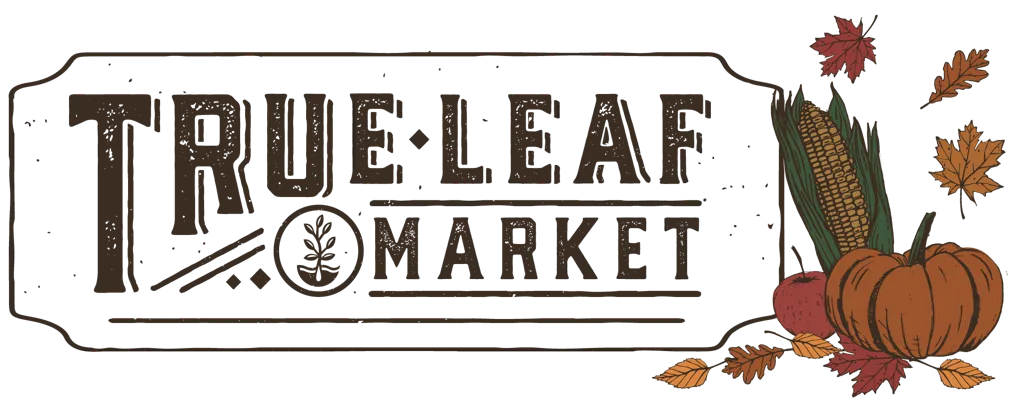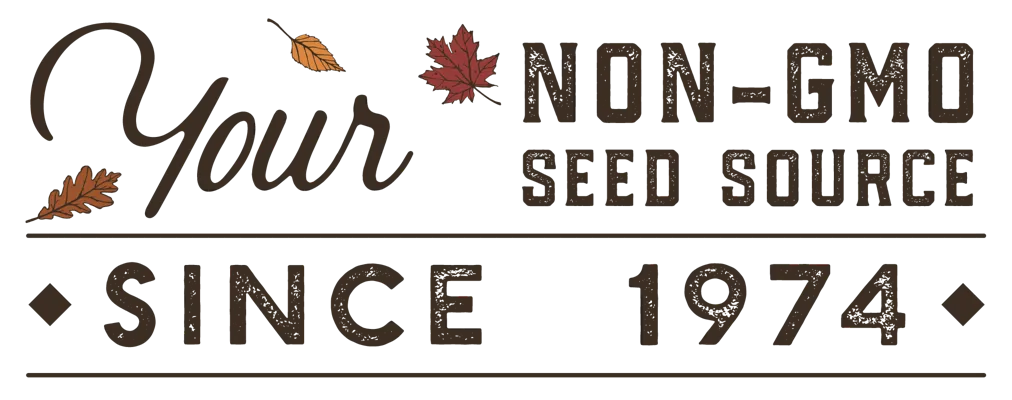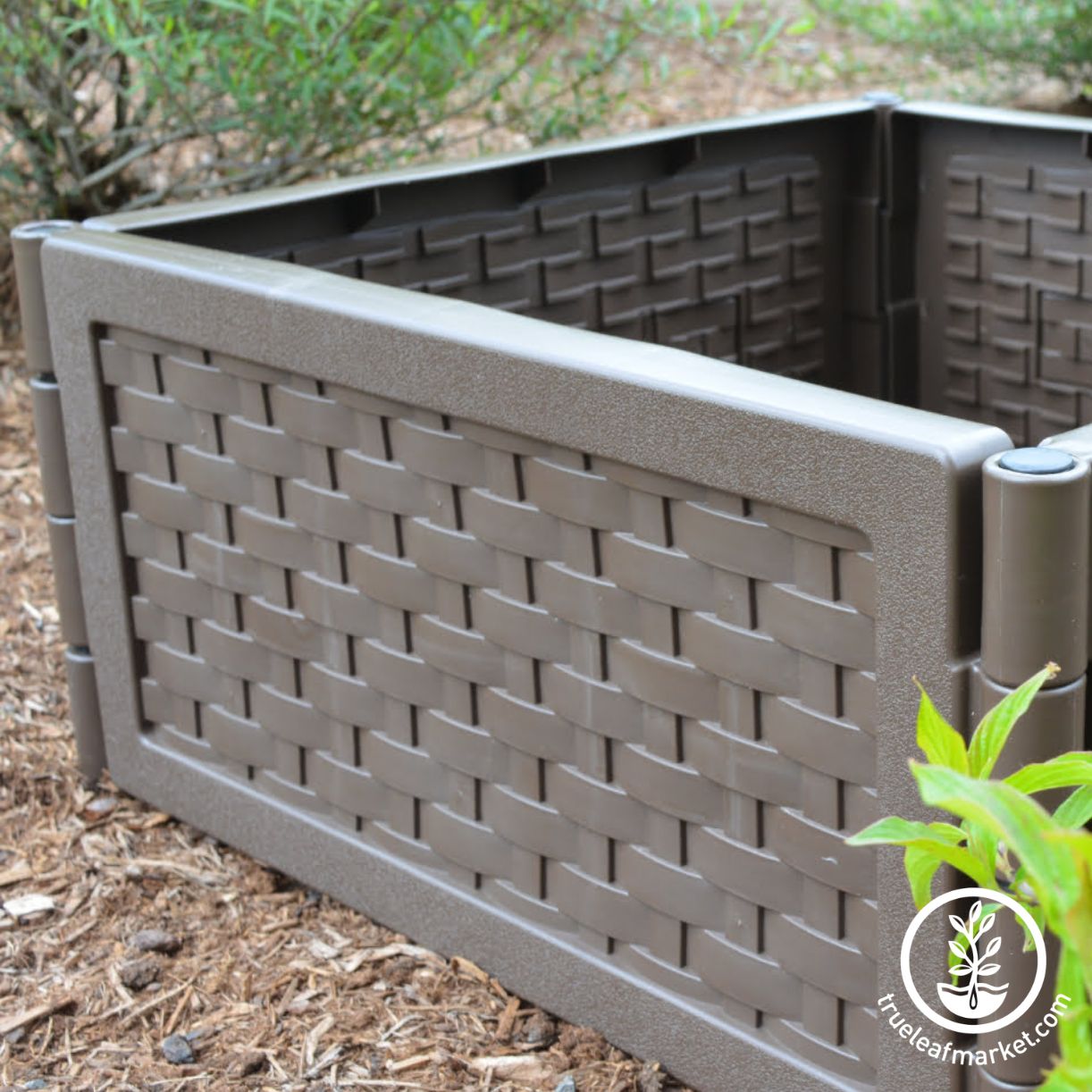 |
Written By Lara Wadsworth |
May is a fantastic time to get your hands dirty and start planting, no matter where you live! With warmer, but still mild temperatures, and longer days, gardens everywhere are bursting with potential. But exactly what is best planted in May depends on your USDA hardiness zone and local frost dates. Whether you live in a northern climate still seeing chilly cool nights or a southern zone ready for summer crops, this guide will help you make informed decisions about what vegetables, herbs, and flowers to grow in your garden this season.
What Are USDA Hardiness Zones?
The USDA has created a zone hardiness map for the United States, where you will find a zone number assigned based on the average winter low temperatures experienced annually. Your zone number can help you identify what plants will thrive year-round in your area. You can simply identify your hardiness zone by entering your zip code into the USDA Plant Hardiness Zone Map. Knowing your zone is a great place to start, but you should also learn your first and last frost dates for your area. This can differ across different locations within the same hardiness zone because of factors like humidity, elevation, and standard weather patterns.
Why Frost Dates Matter - Now and Later
No, I’m not talking about a winter date with someone you love. I’m talking about the average last day your region experiences freezing temperatures, and the average first fall frost. The time between these two dates makes up your frost-free growing window. Most regions have a growing season that is from 120 to 180 days. Depending on the region, some people may experience shorter seasons or year-round growing conditions. But knowing these dates, along with your hardiness zone, will help you to make informed garden plans to select plants and varieties that will best suit your desired results.
How to Find Your Frost Dates
- The best sources for accurate frost date information are local sources. While some tools may offer a date range, these are often too broad or do not consider enough data to be valid recommendations. Visit your local extension office or use the Climate.gov tool to identify average last frost dates that fit your location. These resources rely on data points gathered for decades from many sources, including satellites, radars, and weather stations across the country.
- Other commonly referenced sources include the Farmer's Almanac frost date calculator and National Gardening Association frost dates by zipcode.
- Remember, these are historical averages—always monitor your local forecast during frost season. When these dates approach and pass, it is critical to keep an eye on the weather forecast and monitor if any late or early frosts are in store. While many plants can tolerate a light frost around 32F, a hard frost (freeze) below 28F can cause irreversible damage to your crops.
What to Plant in May
In May, home gardeners should focus on direct sowing seeds and transplanting seedlings that have been started ahead of time. With most regions already past their last frost date, it is time to spend your time outdoors. Be sure to prepare your growing area by clearing away weeds, debris, and trimming off any winter damage from your perennial plants. Want to expand your garden? Consider transforming grass lawn spaces or adding raised beds for a larger harvest.
Zone 3
May in Zone 3 brings a few warm days, but nighttime temperatures remain cold. If you started seeds indoors earlier in the season, your seedlings should now be thriving under grow lights and on heat mats. While it’s still too early for warm-season crops outdoors, this is the perfect window to direct sow cool-season favorites.
- Last Frost Date Window: Mid May to Early June
- Approximate Weeks Until Last Frost: 2-6
- Seeds to Start Indoors: Cool-season crops are great for starting indoors to transplant while young in just a few weeks. These include Brassicas like cabbage, broccoli, cauliflower, and kale; leafy greens like lettuce, Swiss chard, and orach; and Cucurbits like cucumbers, melons, squash, and gourds. Don’t forget some herbs! Basil prefers warm growing conditions and is great for starting indoors for transplanting after your last frost. Heat-loving flowers like zinnias, marigolds, cosmos, and nasturtiums can also be started now for June transplanting.
- Seeds to Sow Outdoors: Cool-season crops love cool temperatures around 50–70F and can often tolerate a light frost. Now is the time to direct sow crops like peas, endive, spinach; root crops like spring radishes and carrots; and cold-hardy Brassicas such as cabbage and pak choi. Succession planting of fast-maturing crops–like radishes–will extend your harvest and maximize your short growing window.
Zone 4
May in zone 4 often brings the last frost of the season, but timing can vary depending on your location, elevation, and local weather. Most areas will see the average last frost sometime between mid-May and early June. Keep a keen eye on the weather forecast for last-minute freezes. Some temporary protection may be needed for young seedlings and transplants. The last frost date is just an average!
- Last Frost Date Window: Mid-April to Late-May
- Approximate Weeks Until Last Frost: 1-4
- Seeds to Start Indoors: Cucurbits like melons, cucumber, and zucchini can be directly sown after your last frost date or started indoors 2-4 weeks early. Warm-season herbs such as basil, lemongrass, shiso, and summer savory can also be sown now. Other last-minute brassicas, flowers, and leafy greens that you wish to transplant for summer harvesting should be started now.
- Seeds to Sow Outdoors: May in zone 4 is the perfect time to liberally plant any cool-season crops that can handle a light frost and thrive in spring temperatures. Plant root vegetables like radishes, carrots, beets, endives, and leafy greens–crops that need to mature before the summer heat sets in.
Zone 5
In Zone 5, the last frost typically occurs during the first half of May. Early in the month, continue caring for your indoor-started seedlings and begin the hardening-off process 1–2 weeks before your planned transplant date. Keep a close eye on the weather—light or even hard frosts are still possible this time of year. By late May, most areas in Zone 5 are ready to begin outdoor planting in earnest. If you're unsure, contact your local extension office for region-specific advice.
- Last Frost Date Window: Mid-April to Late-May
- Approximate Weeks Until Last Frost: 0-2
- Seeds to Start Indoors: If you still want to start warm-season crops indoors, it’s not too late for Cucurbits (like summer squash, pumpkins, cucumbers, and melons), herbs, flowers, Brassicas (including cabbage, broccoli, and kale), and leafy greens. Note that if you haven't yet started your nightshade seeds like peppers and tomatoes, you still can, but you should expect to see fruiting later than others who planted earlier. Keep your growing season length in mind when planting late –count the number of days from your last spring frost to first fall frost.
- Seeds to Sow Outdoors: Direct sow any cool-season crops that can tolerate light frosts, or transplant those you started earlier. Great options include peas, bunching onions, pak choi, lettuce, kohlrabi, arugula, root vegetables like carrots, beets, radishes, or parsnips, and cool-weather herbs like parsley or cilantro.
Zone 6
In Zone 6, the last frost usually occurs in late April or early May. While most areas are past the danger of frost, flash freezes can still happen during early May—especially at night. If you’re planting tender annuals, be sure they’re hardened off and monitor local forecasts closely. By now, most cold-hardy crops should be growing well, and it’s time to prepare your garden for direct sowing of heat-loving varieties.
- Last Frost Date Window: April to Mid-May
- Approximate Weeks Until Last Frost: 0-1
- Seeds to Start Indoors: Starting seeds indoors in May for those of you in zone 6 is unnecessary unless you want a more controlled environment for seed germination. We suggest you focus your efforts on directly sowing seeds outdoors and transplanting anything that has already been started indoors.
- Seeds to Sow Outdoors: Early May is great for direct sowing cool-season crops like peas, spinach, spring radishes, and kale. Depending on the variety, some may tolerate a light frost. In late May, begin direct sowing warm-season crops such as carrots, corn, squash, and melons.
Zone 7
In Zone 7, which includes areas like Washington, Oregon, Idaho, Nevada, Utah, Arizona, New Mexico, Texas, Oklahoma, Kansas, Arkansas, Missouri, Tennessee, Kentucky, North Carolina, Virginia, Maryland, Delaware, and New Jersey. April in zone 7 is the beginning of a beautiful growing season. Pretty much anything can be planted outdoors. This is also the time to do all of your transplanting of starts that you began from seed weeks earlier. Don’t forget to keep a close eye on the weather throughout April; you never know what is going to happen in these spring months, and you may need to protect your plants if a late frost is predicted.
- First Frost Date Window: October to November
- Approximate Weeks Until First Frost: 21-27
- Seeds to Start Indoors: Most gardeners in Zone 7 won’t need to start seeds indoors in May, as warm weather supports direct sowing outdoors. However, you can still grow herbs, microgreens, or sprouts indoors for quick, nutrient-dense harvests—especially in kitchens or small spaces.
- Seeds to Sow or Transplant Outdoors: Legumes such as field peas, clover, and beans (pole, snap, and lima); Cucurbits like cucumber, squash, and melon; grains like corn and amaranth; tender herbs such as basil and cilantro; and any plants that are at risk of bolting in high heat (going to seed too quickly) should be planted now if you haven’t already. Indoor starts like tomatoes, eggplant, and peppers should also be transplanted.
Zone 8
May in Zone 8 brings warm days and comfortably cool nights—ideal conditions for most garden plants. It’s the perfect time to direct sow any remaining seeds and transplant the last of your indoor-started seedlings, provided they’ve been properly hardened off. Early May is also your last chance to succession plant quick-growing cool-season crops before the summer heat arrives. After planting, review your garden maintenance tasks like pruning tomato suckers and mulching to retain soil moisture. Take some time this month to plan out your fall crops, which can be started indoors or directly sown in the late summer months.
- First Fall Frost Date Window: November - December
- Approximate Weeks Until First Fall Frost: 22-29
- Seeds to Start Indoors: While most planting has moved outdoors in Zone 8, spring and summer months are great for growing fresh microgreens or sprouts indoors for quick harvests. Choose from a variety of high-quality organic and sustainable seeds for nutrient-dense harvests and culinary use.
- Seeds to Sow or Transplant Outdoors: May is prime time to direct sow warm-season crops like beans, black-eyed peas, squash, pumpkins, gourds, melons, and corn (remember to plant corn in blocks with multiple rows for better pollination). Plant heat-tolerant greens like Malabar spinach or amaranth, along with other heat-lovers such as okra and tomatillos. Direct sow warm-season herbs like dill, borage, and fenugreek. And don’t forget the flowers! Sunflowers are great for attracting pollinators and adding a splash of color.
Zone 9
Most areas in Zone 9 need to plan much differently than the rest of the country. Because zone 9 does not experience harsh winters,think about the intense heat that comes mid-summer. While zone 9 might experience a few cold weeks and a hard frost here and there, it is nothing compared to winters in the northern states. In May, it’s important to get heat-tolerant crops in the ground and finish sowing any remaining cool-season vegetables that can still mature before summer fully arrives. Many gardeners may already be harvesting their earliest spring plantings.
- First Frost Date Window: November - December
- Approximate Weeks Until First Fall Frost: 26-32
- Seeds to Start Indoors: While the focus of May is on caring and maintaining the outside garden, you can supplement garden harvests with microgreens, sprouts, or herbs grown indoors.
- Seeds to Sow Outdoors: May is the time to plant heat-tolerant legumes like beans and southern peas, as well as leafy greens and root vegetables such as lettuce, radishes, beets, and spinach, provided they’ll mature before summer heat sets in. If you haven’t yet, direct sow warm-season crops like corn, okra, and cucurbits (melons, squash, cucumbers). This is also the time to transplant all remaining nightshades, including tomatoes, peppers, and eggplants, into the garden.
Zone 10
In Zone 10, May is your last big window for planting before the intense heat of midsummer sets in. By July and August, it will be too hot to start many plants, and it will be unthinkable to harvest, let alone plant any cool-season crops. Plan accordingly! To make the most of this window, focus on establishing warm-season crops that thrive in heat. For region-specific advice, check with your local extension service or university agriculture department. The University of Santa Monica and other extension services are great resources for determining what to plant in your specific area.
- First Frost Date Window: Does not typically experience frosts.
- Approximate Weeks Until First Frost: N/A
- Seeds to Start Indoors: Sprouts and microgreens can be grown year-round for a nutrient-dense harvest of vegetables grown from the comfort of your home. Consider using a hydroponic system for growing leafy greens and herbs that would otherwise bolt outdoors.
- Seeds to Sow or Transplant Outdoors: The late spring to early summer months are often hot and dry in zone 10. While you can grow year-round, it is best to focus on heat-tolerant and summer-loving crops. Your may want to consider using tools like shade cloth to reduce heat stress going into the summer months. Heat-loving crops include cowpeas, yardlong beans, lima beans, squash, gourds, corn, amaranth, and okra. Plant heat-loving herbs like basil, dill, lemongrass, and fenugreek. Transplant oregano, thyme, and rosemary.
No matter your growing zone, May is a month full of gardening opportunities. From tender veggies in cooler climates to heat-loving plants in the South, there’s something for everyone to grow and enjoy. By planting at the right time for your region, you'll give your garden the best chance to thrive all season long. Grab your seeds, roll up your sleeves, and get ready to watch your garden flourish! Happy planting!
 |
Lara Wadsworth, True Leaf Market Writer |
I am a native of Southwestern Michigan, where I currently reside. I love all things plants! After completing a Bachelor's Degree in Horticulture, I found a dream work-from-home job that allows me to share my passion. Now, I spend my days writing for TLM, playing with my dog, eating delicious food with my husband, and plotting my next landscape or gardening move. I believe everyone should get down and dirty in the soil now and then. Happy Gardening!


























0 comments
No comments yet! Be the first to start a conversation.